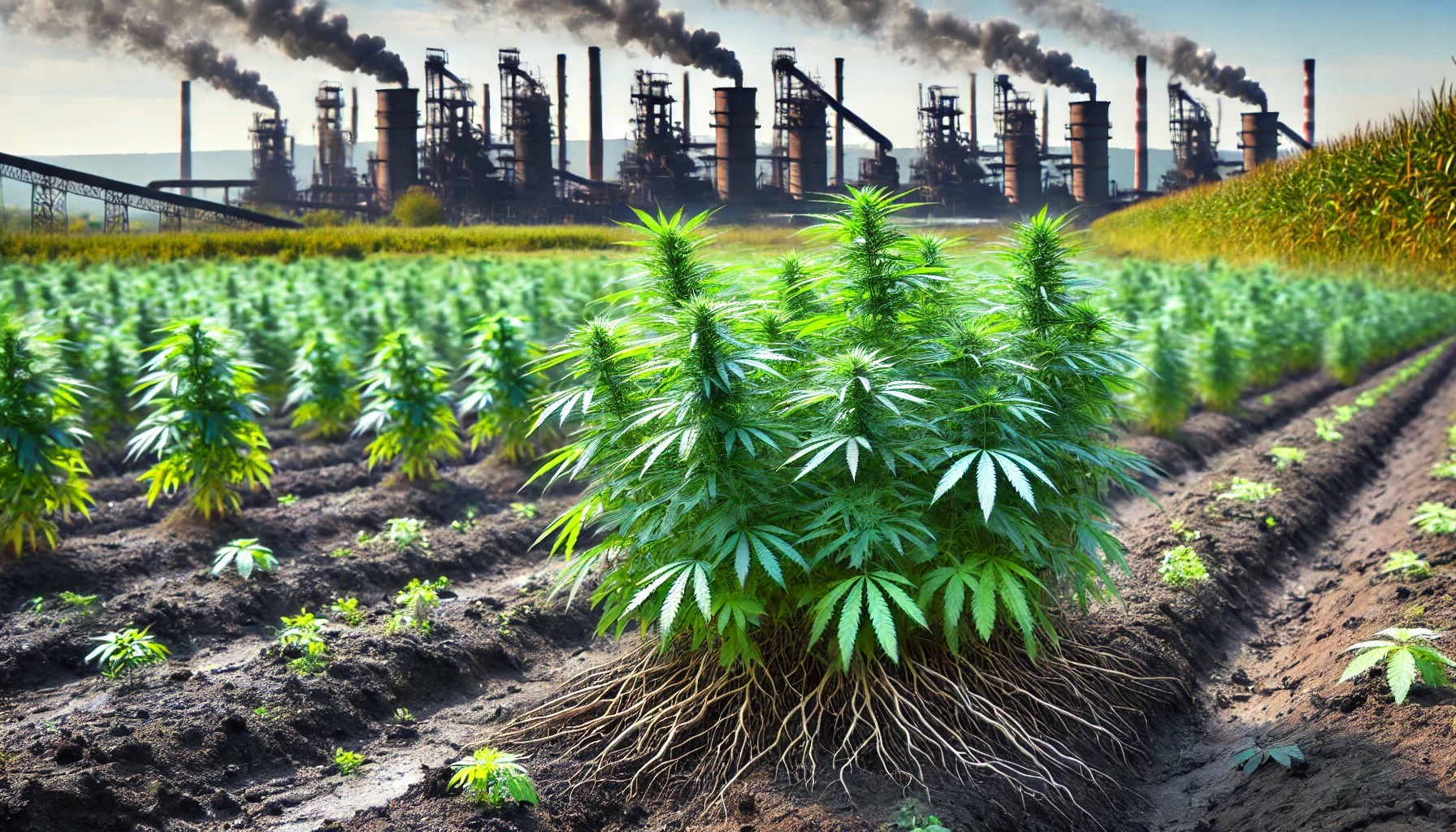Who would have thought that a plant as versatile as hemp could turn into a natural hoover for pesticides and organic pollutants?
The versatility of hemp
Recently in Italy, the use of hemp has been the subject of debate and stringent regulation, with laws penalising its use.
However, beyond the controversy surrounding its recreational use, hemp offers significant potential environmental benefits.
This versatile and robust plant can not only be used for industrial and medicinal purposes, but also plays a crucial role in environmental remediation.
It is one of the oldest cultivated plants, with a history dating back thousands of years. Initially used for the production of textile fibres, hemp has found use in numerous sectors, from cosmetics to construction.
It is characterised by rapid growth and remarkable strength. Its fibre is indeed strong and durable, making it ideal for the production of textiles, paper, insulation and soundproofing materials.
In addition, hemp seeds are rich in protein and essential fatty acids, making them a nutritious food for livestock use.
Soil and water purification
Phyto-purification is a natural process that uses plants to remove contaminants from soil and water, contributing to environmental protection.
Hemp stands out due to its ability to absorb heavy metals such as lead, cadmium and zinc, as well as pesticides and other toxic substances.
Through its root system, these pollutants are accumulated in the aerial parts of the plant or transformed into less harmful compounds, thus reducing their concentration in the soil and limiting their spread in the ecosystem.
In addition to its purifying capacity, its deep roots promote soil stabilisation, counteracting erosion and improving water quality. For this reason, hemp is an effective solution for the remediation of contaminated agricultural land and industrial sites.
The effectiveness of this plant in phytodepuration has been demonstrated in different parts of the world. In Italy, it has been used successfully for the decontamination of soils rich in heavy metals.
In Ukraine, on the other hand, after the Chernobyl disaster, it was used to reduce radioactivity in the soil.
Advantages and opportunities
Starting from the premise that the use of hemp depends on the type of contaminants absorbed, this organic material can be used in various ways:
- Production of biofuels: if contamination is compatible, biodiesel can be obtained from seeds or bioethanol from stems, contributing to the energy transition.
- Building and industrial materials: non-toxic fibres can be used to create hemp bricks, ecological insulation, paper and sustainable textiles.
- Bioenergy: contaminated plants can be treated and incinerated under controlled conditions to produce energy, avoiding the release of harmful substances.
- Composting or recovery: if contamination levels allow, they can be turned into compost or safe organic fertiliser to improve soils.
In conclusion, the use of hemp for environmental purposes presents challenges such as the safe disposal of contaminated plants and regulations limiting its spread.
Solutions such as clear regulations and sustainable treatment methods are essential to realise their full potential.
Play for the planet!
